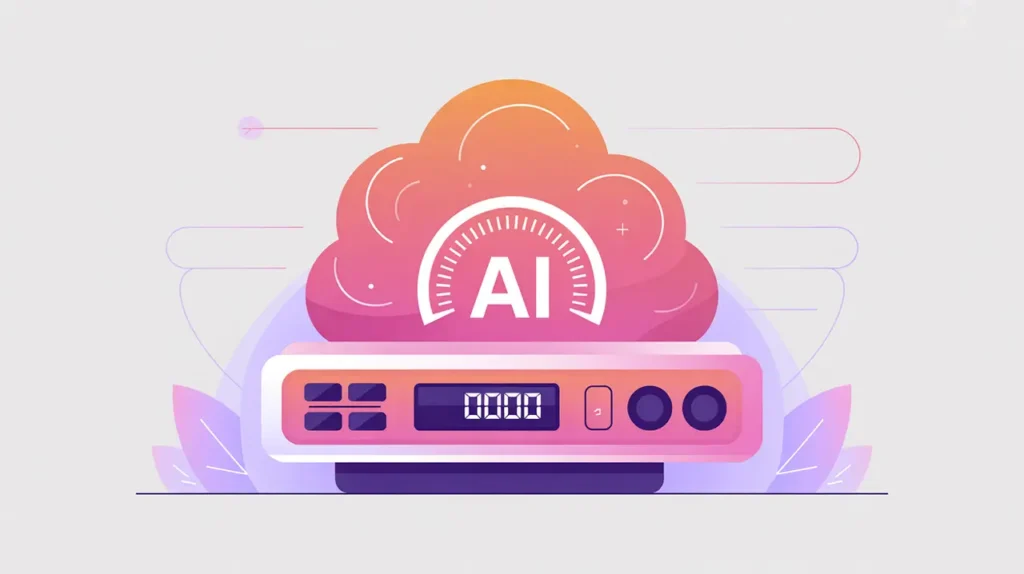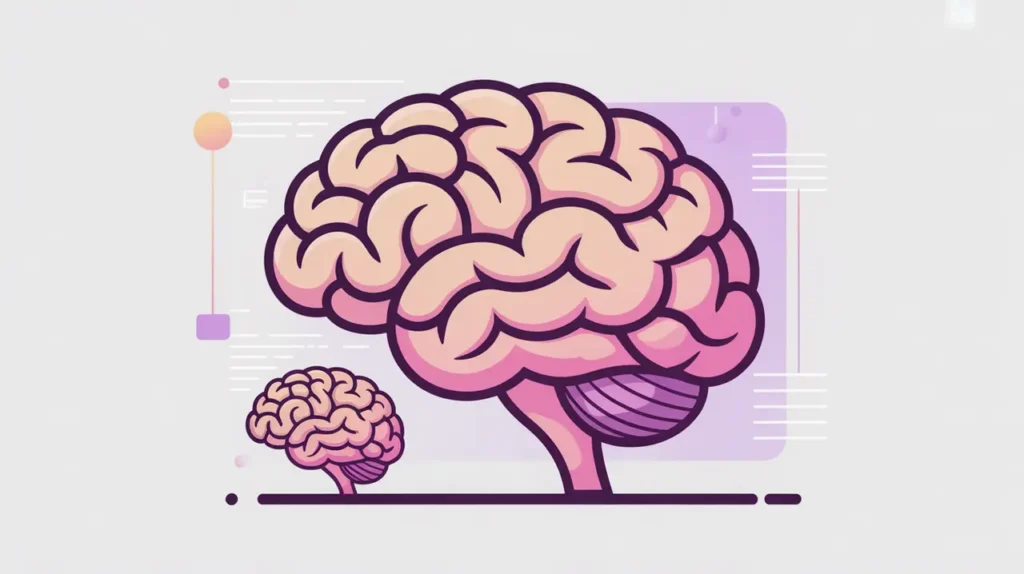Importance of Data Provenance and Lineage
Data Provenance and Lineage refer to the tracking of data’s origins, transformations, and movement across systems. Provenance documents where data comes from, while lineage records how it is processed, combined, or altered along the way. Their importance today lies in the growing reliance on AI and analytics, where trust in outcomes depends on understanding how data was created, curated, and applied.
For social innovation and international development, provenance and lineage matter because organizations often work with sensitive or fragmented datasets. Knowing the source, journey, and integrity of data helps build confidence in AI-driven decisions that affect health, education, and humanitarian outcomes.
Definition and Key Features
Provenance answers questions like: Who generated this data? When and where was it collected? Lineage extends this by showing the transformations that occur, from cleaning and labeling to integration with other datasets. Together, they create an audit trail that makes data more transparent and accountable.
They are not the same as metadata alone, which may describe attributes like file type or size but not history. Nor are they equivalent to licensing or consent, which govern rights and permissions. Provenance and lineage focus on how data has moved and evolved through its lifecycle.
How this Works in Practice
In practice, data provenance and lineage are managed using tools that log data creation, transformations, and usage. Techniques include metadata tagging, workflow orchestration, and blockchain-based tracking for tamper-proof records. These systems allow organizations to trace errors back to their source, validate the integrity of data pipelines, and comply with regulatory or ethical requirements.
Challenges include the complexity of managing lineage across distributed systems, the overhead of recording detailed histories, and the risk of privacy concerns when provenance reveals too much about individuals. Balancing transparency with confidentiality is critical. Clear governance frameworks help organizations capture meaningful lineage without overburdening systems.
Implications for Social Innovators
Provenance and lineage are essential for mission-driven work. Health systems need them to ensure patient data used in diagnostics comes from verified sources and follows approved workflows. Education platforms benefit by tracing how learning analytics are generated, ensuring validity and fairness. Humanitarian agencies rely on provenance to confirm that crisis data is authentic and has not been manipulated. Civil society groups can use lineage to strengthen accountability in advocacy by showing the integrity of their data sources.
By making data histories visible and trustworthy, provenance and lineage strengthen confidence in AI systems and ensure communities can rely on the information that shapes decisions.







